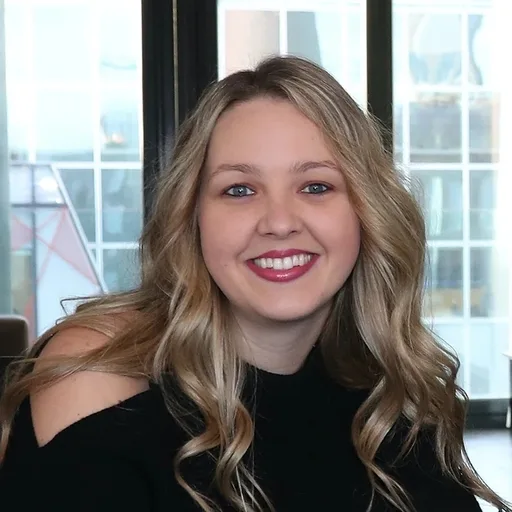Accelerate deals and increase win rates with the leading enterprise demo platform.
What Does Sales Development Look Like in a Product-Led World?

February 10, 2025
Table of Contents
I started my SaaS career in 2008 as an inside sales representative at a MarTech startup in NYC called KickApps (online community software). Today, I’d be considered an outbound SDR. My job was to schedule a call, then sales-qualify the prospect, followed by the handoff to the account executive.
We had a few lead sources at the time including webforms (inbound), signups (self-service, inbound), and outbound. Inbound was mostly unqualified MQLs but did yield a solid prospect a few times a month. Outbound was working pretty well back then for us. Social media/online community software was new and everyone was trying to figure it out.
Our long tail self-service product signups were a complete black hole. The only time we knew someone meaningful signed up was when we reached out to them only to find out they were using our $20.00 a month self-service product and were happy with it. This was a direct salesperson’s worst nightmare.
We couldn’t figure it out so eventually deprecated the self-service product and went completely sales-led. In retrospect, we missed out on a big opportunity using what we would today refer to as product-led growth.
Let’s say that we had figured it out, or were to deploy that same company today in 2021, what would our product-led sales development motion look like?
To begin, we would be focused on mid-market and enterprise only, offering the self-service product for free. The free or freemium product would essentially act as a lead generator and nurturing asset. We would work closely with our product and growth teams to determine what user behavior within the product indicates the highest propensity for successful conversion to revenue.
These users would then be cross-referenced against a list of ICP (ideal customer profile) parameters to make sure they are pre-qualified as much as possible. This happens programmatically of course.
We’d then build out notifications that go into the SDR’s workspace. Today, this would be an Outreach.io or Salesloft. The SDRs would be trained to understand these key user actions and then all the possible paths and areas that the user might need help with.
The entire revenue and product teams would agree on the definition of a PQL (product-qualified lead), a scoring algorithm, and the rules of engagement.
The SDRs would also be trained to understand when to reach out and what to say from a “product specialist” perspective. At first, their incentives would be aligned with driving usage of the product. They would book calls based on the user’s product usage plus the possible use cases and challenges that persona might experience. The SDR would demo if requested but there wouldn’t be a hard close to meet with the AE unless they were ready to buy.
Together with growth and marketing, the SDR would also be in charge of increasing the PQL score and then determining when to hand off to the account executive to begin having opportunity stage conversations. Over time we would determine the best stages to ask for a call. The user’s product usage would largely determine how we behave as a sales team.
Aside from the freemium product, we would feature a set of ungated, use case and vertical-specific product tours that allow a prospect to test drive the product without having to sign up or talk to a human yet. Once they are ready, we’d have a CTA inside the product tour to contact sales. We’d also have the SDRs available on chat within the product demo.
The SDR would be trained on a talk track for this lead source. These leads would be handled differently from the freemium users. They will have signals coming into their workspace from the product tours as well. This will allow them to have an understanding of the PQL score and use the intel to schedule a call to further qualify the prospect.
Once the prospect agrees to a trial, the SDR will hand off the opportunity to the account executive to keep working.
Outbound also looks a bit different in a product-led world. The SDR will create customized micro-demos, which are like 3-4 clicks in-depth. These would be for their target accounts, as they would be taking more of an account-based approach. For lower value targets, they will use vertical-specific demos.
Instead of reaching out to prospects to book a sales call, they will embed a call-to-action in their email or Linkedin message to engage with the demo that was created for them.
The early signals of success would be the prospect engaging in the product demo. It would of course be tracking the prospect’s behaviors and the SDR will be waiting for the right signals. The product demo will also have a contact sales CTA embedded.
These are merely a few of the strategies you can use out there in a product-led world. If you have any questions about this post, or would like to talk product-led motions, feel free to contact me at jorge (at) getreprise.com.
Photo by JESHOOTS.COM on Unsplash






